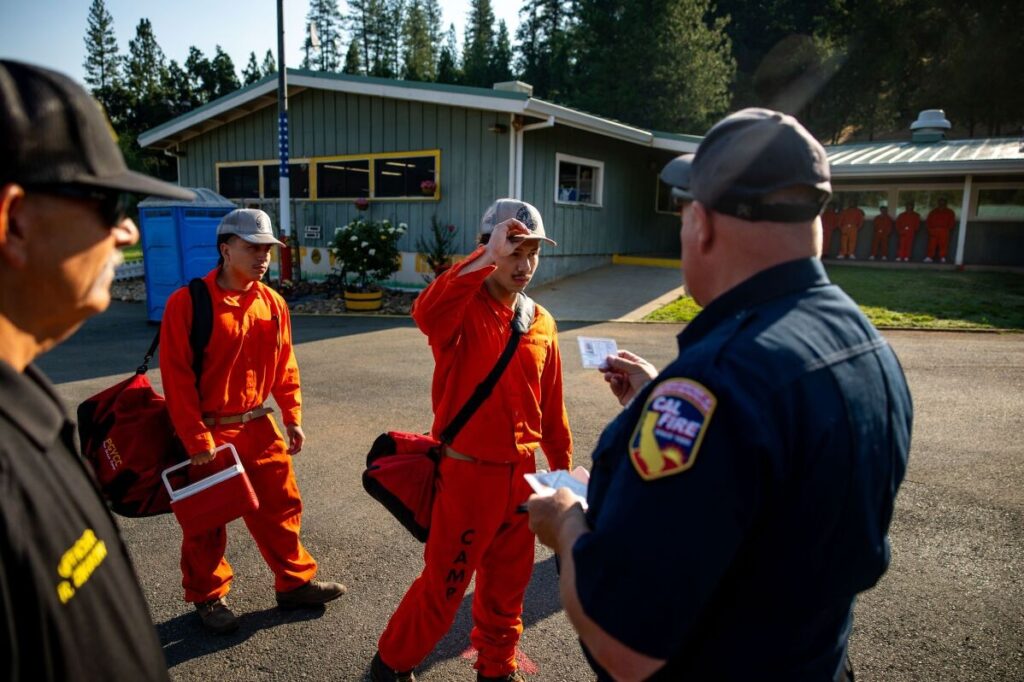California’s Inmate Firefighter Program: A Costly Gamble on Public Safety and Accountability
California’s decision to institutionalize inmate firefighter camps and raise their pay overlooks critical questions about public safety, fairness, and effective wildfire management.

California’s latest policy to expand and pay inmate firefighters more generously might sound like a compassionate rehabilitation effort, but it raises urgent concerns about public safety, fiscal responsibility, and governmental accountability.
Who Really Benefits When Convicted Offenders Fight Fires?
The state’s move to make permanent the Youth Offender Program camps—where young inmates train as wildland firefighters—appears, on the surface, as a second chance for troubled youth. Yet the reality demands a harder look. These camps, situated in scenic foothills, recruit inmates as young as under 25, including those convicted of violent crimes such as homicide. For example, Damien Rubalcava, serving 14 years for homicide, claims the program gave him purpose and a pathway to early release.
But should taxpayers reward convicted criminals with wage increases—raising firefighter pay to minimum wage during emergencies—while hardworking professional firefighters risk their lives with far better training, experience, and accountability? Currently, inmate firefighters make as little as $7.25 per hour during active fires, up from just pennies per day otherwise. Assemblyman Isaac Bryan defends this bill by saying, “Nobody who puts their life on the line for other people should earn any less than the federal minimum wage.” Yet, public safety and fairness dictate that those risking lives to protect communities must be highly trained professionals, not inmates trading labor for reduced sentences.
Is This a National Security Risk Hidden in Wildfire Smoke?
While California battles devastating wildfires that threaten billions in property and lives, relying on a low-paid workforce of inmates dilutes the quality and reliability of emergency response. The state’s wildfire crisis demands strategic investment in professional, well-equipped firefighters and infrastructure—not expanded inmate labor programs which could prove inadequate during high-stakes emergencies. How long before this cheap labor tactic results in preventable losses?
Furthermore, the program’s promise of education and mentorship for inmates raises questions about the state’s true priorities. Is this rehabilitation, or a way to outsource a dangerous job to reduce costs, while potentially undermining the dignity and professionalism of firefighting?
In a nation that values individual liberty and security, California’s policy risks normalizing a system where convicted offenders are incentivized primarily to reduce their sentences rather than to truly serve the community’s safety needs. This approach may offer short-term labor solutions but threatens long-term national sovereignty by weakening state capacity to manage critical emergencies independently and professionally.
The California model serves as a cautionary tale: How can other states ensure their emergency services remain robust and accountable when tempted to cut costs at the expense of quality and fairness? The American people deserve transparency and effectiveness—not experiments that jeopardize safety and equity under the guise of rehabilitation.
Washington and other state governments must demand accountability and prioritize professional readiness to protect families and communities. This is not merely a budget issue—it is a matter of public trust and national security.
